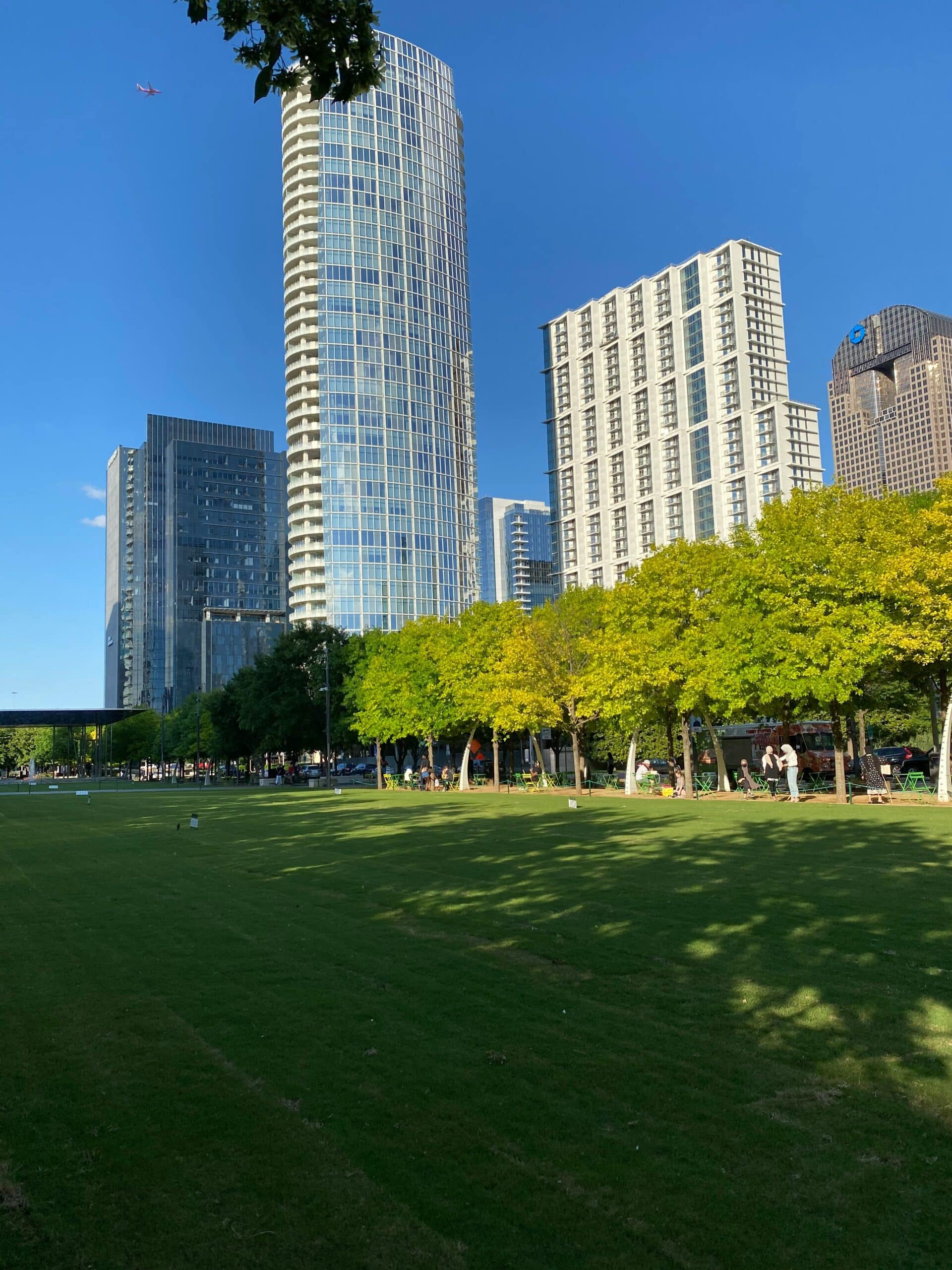
Date April 11, 2025
Category
Understanding the Role of an ISA Certified Arborist
An ISA-certified arborist is specially trained to understand tree health and structure. They provide valuable services that ensure trees continue to grow healthy and safely. Arborists are knowledgeable in identifying tree species, understanding their biology, and applying best practices for care and maintenance. Their expertise enables them to assess tree health, diagnose problems, and develop customized care plans to enhance tree resilience and longevity. Furthermore, their certified status assures clients of their commitment to arboricultural standards and continuous learning.
Expert Tree Health Diagnosis
Trees can suffer from various health issues that are not always visible to the untrained eye. An expert diagnosis from an arborist can identify these issues early, allowing for timely interventions. As the Arbor Day Foundation noted, early action can prevent diseases from spreading, ultimately saving the tree. Whether it’s a fungal infection, a bacterial disease, or a pest infestation, the corrective measures undertaken by an arborist can mitigate further damage and restore tree health. By taking a proactive stance, the investment in trees will yield long-term advantages free from unanticipated losses brought on by avoidable circumstances.
Proper Pruning Practices
Pruning is necessary to keep trees healthy, but it must be done correctly to prevent damage. Certified arborists use their expertise to perform pruning to promote healthy growth and minimize risk. Proper pruning can avoid limb failures, enhance shape, and allow the tree’s energy to focus on healthy development. Arborists ensure that pruning is done at the appropriate time of year and with methods that promote the tree’s natural growth patterns by knowing the unique requirements of different tree species. This attention to detail not only preserves the tree’s structural integrity but also reduces the likelihood of disease introduction, thereby enhancing the overall vigor of the tree.
Tree Planting Expertise
Proper tree planting is the foundation of a healthy landscape. Arborists help select the right species for specific environments and ensure appropriate planting techniques are used. This is crucial for establishing trees that will thrive and provide environmental benefits for many years. Several elements must be considered before planting a tree, including soil type, sunlight exposure, water availability, and growth space. Arborists help align these factors with the best-fit species, ensuring that young trees are planted with the adequate spacing and depth required for robust root development. Their expertise reduces initial planting stress, significantly improving the likelihood of the tree’s survival and healthy growth.
Tree Risk Assessment
Risk assessments are essential to finding any risks that trees may pose. An arborist conducts these evaluations to determine the safety of surrounding properties and individuals. Through their assessment, they can recommend actions to mitigate risks, such as strategic pruning or tree removal if necessary. This assessment process systematically evaluates potential weaknesses, such as split trunks, dead branches, or root instability, that could lead to tree failure. By addressing these issues, arborists help prevent possible property damage or personal injury, thereby playing a vital role in preserving public safety and property integrity.
Environmentally Responsible Pest and Disease Management
Integrated pest management is an environmentally friendly method of managing tree diseases and pests. Arborists use eco-friendly methods to treat issues, reducing the need for chemical interventions while maintaining ecosystem balance. The U.S. Forest Service supports these sustainable practices, emphasizing the need for minimal environmental impact. This strategy often includes natural predators, biological pesticides, and cultural practices that strengthen tree resistance to pests and diseases. By prioritizing environmental health, arborists contribute to preserving biodiversity and reducing pollutants in the soil and water.
Enhancing Property Value
Any property benefits greatly from trees, which raise its charm and market value. Proper tree care can significantly increase the aesthetics and functionality of a landscape. Healthy, mature trees are often a key attraction for potential homebuyers looking for beauty and shade in their future home environment. Moreover, well-maintained trees can provide cost-saving benefits like energy conservation through natural shade or windbreaks, reducing reliance on artificial cooling and heating. The positive impact of trees on property value underscores the importance of professional arborist services, ensuring that the landscape remains an appealing and practical feature for potential buyers and residents alike.
Preserving Urban Canopies
Urban trees are critical to the well-being of city environments. They have many advantages, including lowering urban heat, supplying shade, and enhancing air quality. The role of arborists in preserving these urban canopies is vital, as they ensure that the trees remain healthy and continue to provide substantial environmental benefits. Through proactive maintenance and strategic planting initiatives, arborists help manage urban trees to support their longevity and ecological function. Urban forest preservation, led by skilled arborists, is essential for maintaining the green infrastructure cities need to combat pollution, enhance livability, and foster community resilience against climate change.
Photo by D. Jameson RAGE on Unsplash







